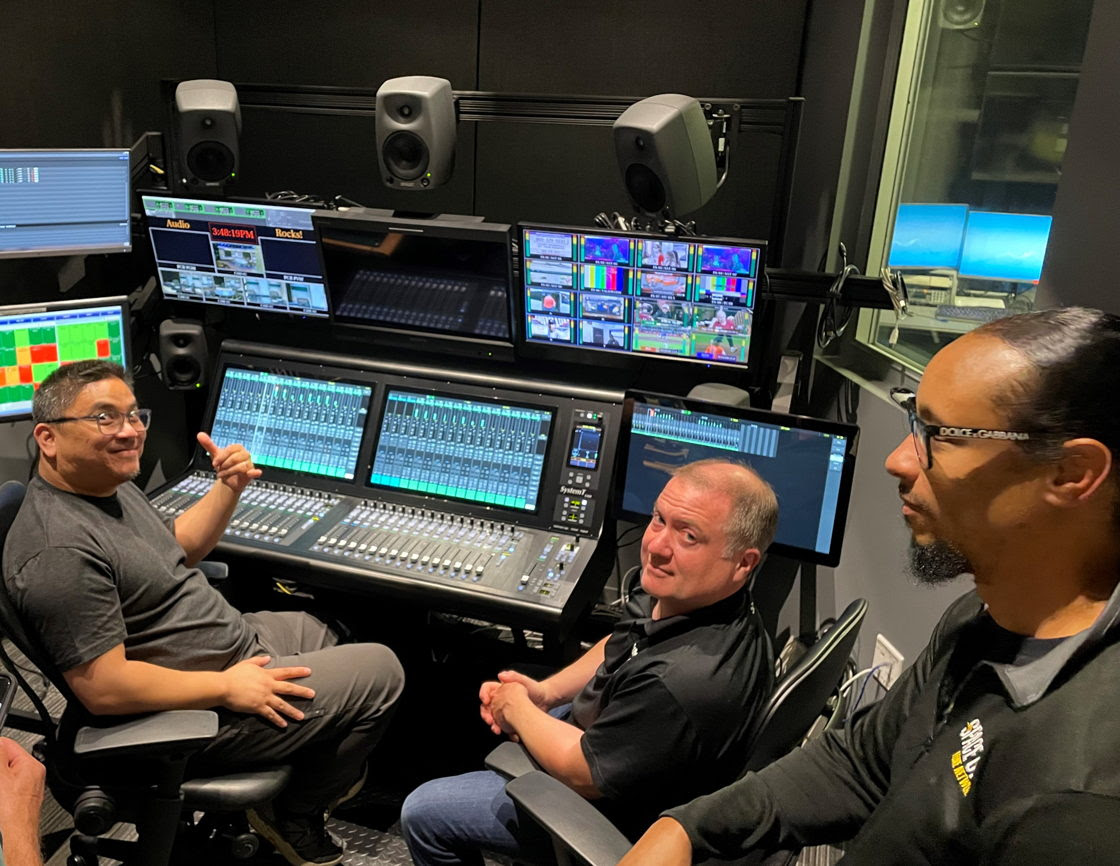Satellite Update for Sept. 14, 2012
From FCC Report SAT-00895
• Intelsat License LLC submitted an application to modify its authorization for Intelsat 8 by changing the requested orbital location from 169.1 degrees east longitude (EL) to 169.0 degrees EL and including a command uplink in the 13.997 to 14.000 GHz band.
From FCC Report SAT-00896
• The FCC International Bureau's Satellite Division granted Intelsat License LLC special temporary authority (STA) for 60 days to conduct telemetry, tracking and command (TT&C) operations necessary to drift Intelsat 8 from 166.0 degrees EL to 169.0 degrees EL using specified Ku-band frequencies. The STA also allowed fixed satellite service (FSS) from Intelsat 8 at 169.0 degrees EL in the 3700-4200 MHz and 12.25-12.75 GHz frequency bands (space-to-Earth) and 5925-6425 MHz and 14.0-14.5 GHz (Earth-to-space).
• On Sept. 5, 2012, the Satellite division granted Intelsat STA to continue to provide FSS from Intelsat 706 at 72.0 degrees EL using 3700-4200 MHz, 10.95-11.2 GHz, 11.45-11.70 GHz, and 12.50-12.75 GHz (space-to-Earth) and 5925-6425 MHz and 14.0-14.5 GHz (Earth-to-space). TT&C is authorized on specified C-band frequencies.
• New Skies Satellites B.V. received permission to modify the technical parameters associated with the grant of U.S. market access for SES-4 at 22 degrees west longitude (WL) to increase the EIRP of its Ku-band telemetry and tracking beacons operating at center frequencies of 4199.75 MHz, 11.4510 GHz, 11.4540 GHz, 12.5005 GHz and 12.5020 GHz.
• Hughes Network Systems, LLC declined its August 1, 2012, market access grant for service to the U.S. using its proposed Jupiter 91W Ka-band and V-band satellite that would operate at 90.9 degrees WL under authority of the United Kingdom. The following frequencies are now available for reassignment on a first-come, first-served basis, effective 2 p.m. on Sept. 11, 2012: 28.35-28.6 GHz, 29.25-29.5 GHz and 29.5-30.0 GHz (Earth-to-space) and, for space-to-Earth transmissions, 18.3-18.8 GHz and 19.7-20.2 GHz (primary), 47.2-50.2 GHz and 39.0-42.0 GHz (co-primary) and 18.8-19.3 GHz (on a non-interference basis).
The professional video industry's #1 source for news, trends and product and tech information. Sign up below.

Doug Lung is one of America's foremost authorities on broadcast RF technology. As vice president of Broadcast Technology for NBCUniversal Local, H. Douglas Lung leads NBC and Telemundo-owned stations’ RF and transmission affairs, including microwave, radars, satellite uplinks, and FCC technical filings. Beginning his career in 1976 at KSCI in Los Angeles, Lung has nearly 50 years of experience in broadcast television engineering. Beginning in 1985, he led the engineering department for what was to become the Telemundo network and station group, assisting in the design, construction and installation of the company’s broadcast and cable facilities. Other projects include work on the launch of Hawaii’s first UHF TV station, the rollout and testing of the ATSC mobile-handheld standard, and software development related to the incentive auction TV spectrum repack. A longtime columnist for TV Technology, Doug is also a regular contributor to IEEE Broadcast Technology. He is the recipient of the 2023 NAB Television Engineering Award. He also received a Tech Leadership Award from TV Tech publisher Future plc in 2021 and is a member of the IEEE Broadcast Technology Society and the Society of Broadcast Engineers.
